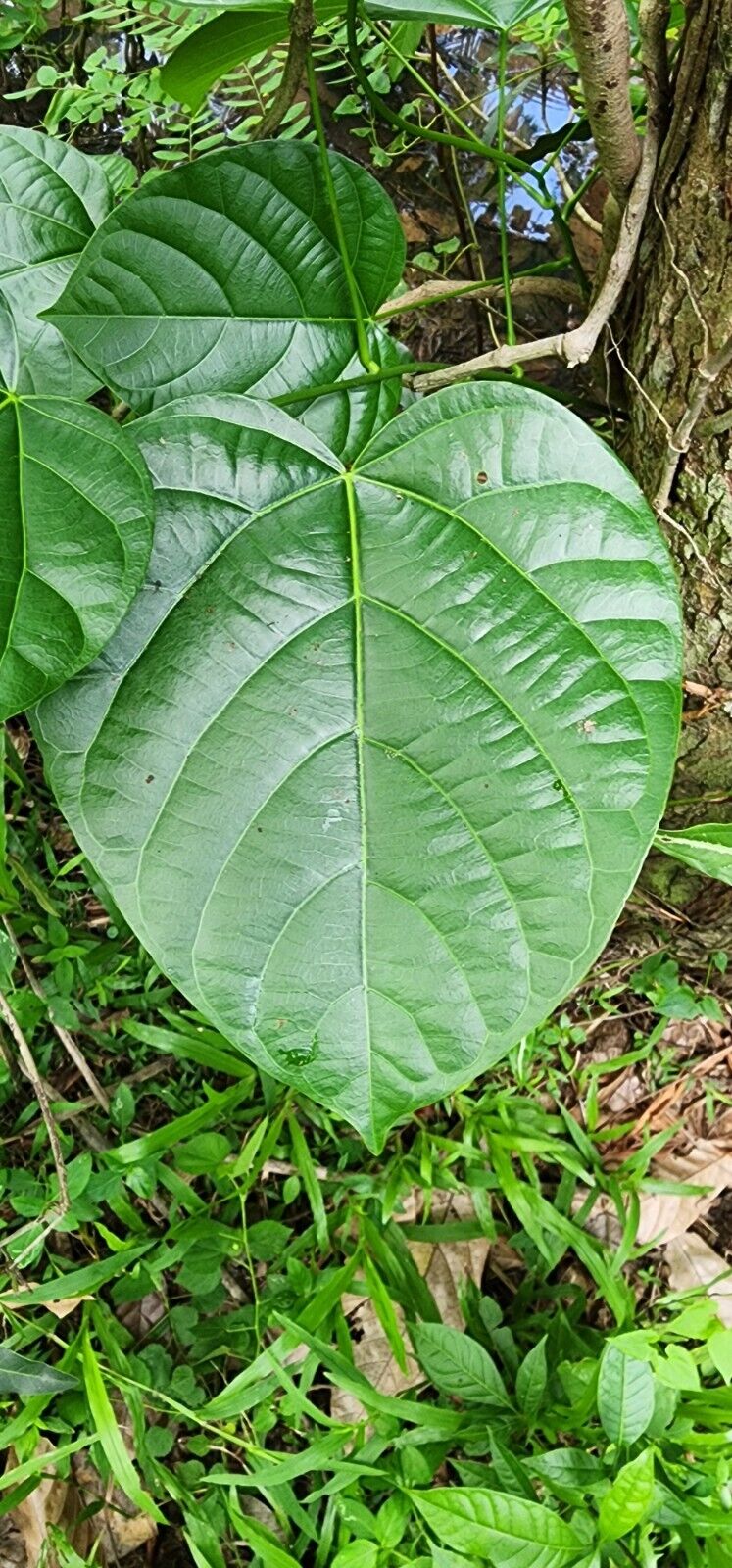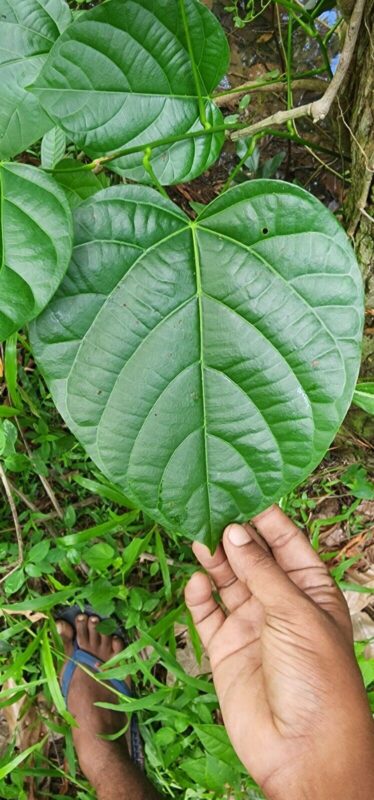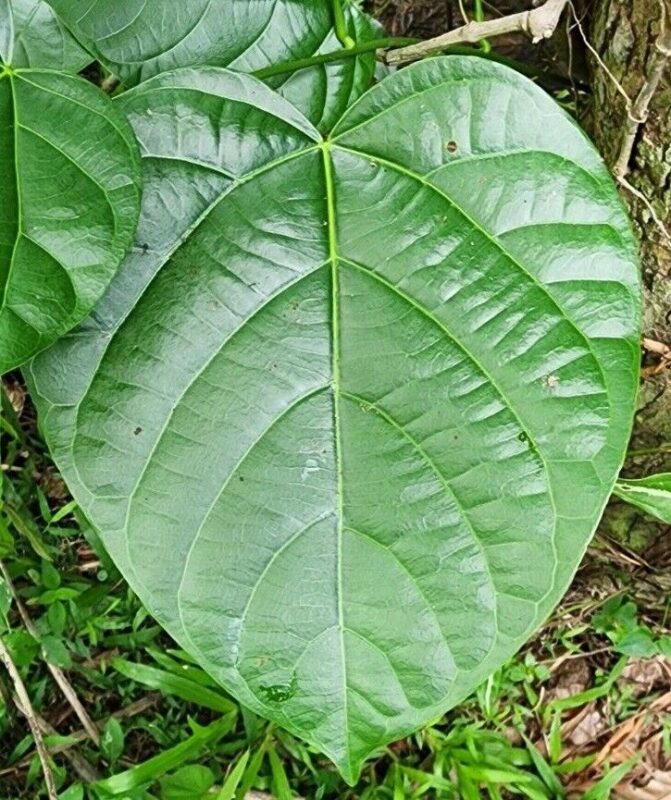Uses of Fish Berry : The Rare Anamirta Cocculus

Anamirta cocculus, commonly known as Fish Berry, Indian Berry, or Levant Nut, is a climbing plant native to Southeast Asia and parts of India. This fascinating plant has garnered attention not only for its unique characteristics but also for its medicinal properties. In this article, we will delve into the various aspects of Anamirta cocculus, including its uses, benefits, and potential risks.
Botanical Overview
Scientific Classification
- Kingdom: Plantae
- Clade: Angiosperms
- Order: Ranunculales
- Family: Menispermaceae
- Genus: Anamirta
- Species: A. cocculus
Anamirta cocculus , fish berry is characterized by its large, climbing stems that can reach up to 10 cm in diameter. The plant produces small, yellowish-white flowers and round fruits that measure about 1 cm in diameter when dried. The seeds of this plant are particularly noteworthy due to their content of picrotoxin, a potent compound that has both medicinal and toxic properties.
Traditional Uses
Historically, Fish Berry has been utilized in traditional medicine across various cultures. Here are some of its notable applications:
- Medicinal Uses: The leaves and seeds have been used to treat a variety of ailments including inflammation, skin diseases, bronchitis, coughs, and even snake bites. In Ayurvedic practices, it is valued for its potential in managing conditions like ulcers and liver disorders.
- Aquaculture: The seeds of Anamirta cocculus are traditionally used as a piscicide to stun fish for easy capture. This method has been employed by indigenous communities for sustainable fishing practices.
- Insecticidal Properties: Extracts from the plant have demonstrated significant insecticidal activity against various pests. This makes it a candidate for organic pest control solutions.

Chemical Composition of Fish Berry
Anamirta cocculus contains several bioactive compounds that contribute to its medicinal properties:
- Picrotoxin: This sesquiterpene glycoside is the primary active ingredient found in the seeds. While it has stimulant effects on the central nervous system, it can also be highly toxic if consumed inappropriately.
- Alkaloids: The plant contains quaternary alkaloids such as berberine and palmatine, which have been studied for their pharmacological effects.
Health Benefits
1. Antioxidant Activity
Recent studies have shown that extracts from Anamirta cocculus exhibit significant antioxidant properties. Antioxidants are crucial for neutralizing free radicals in the body, which can lead to chronic diseases including cancer. The plant’s ability to inhibit oxidative stress makes it a valuable addition to health regimens focused on disease prevention.
2. Anti-Cancer Potential
Research indicates that Anamirta cocculus may possess anti-cancer properties. Studies have demonstrated its effectiveness in inhibiting tumor cell proliferation and metastasis in various cancer models. Compounds found within the plant have shown cytotoxic effects against several cancer cell lines, suggesting its potential as a complementary treatment option in oncology.
3. Antibacterial Properties
The seeds of Anamirta cocculus or fish berry have been evaluated for their antibacterial activity against common pathogens such as Staphylococcus aureus and Escherichia coli. Extracts have shown significant inhibitory effects, making them a candidate for natural antibacterial agents.
4. Insect Repellent
The insecticidal properties of Anamirta cocculus can be harnessed for natural pest control. Its extracts have demonstrated effectiveness against mosquito larvae and other pests, providing an eco-friendly alternative to synthetic insecticides.
Precautions and Risks
While Fish Berry offers numerous benefits, it is essential to approach its use with caution:
- Toxicity: Picrotoxin is highly toxic and can cause severe side effects or even death if ingested improperly. Symptoms of poisoning include nausea, vomiting, seizures, and respiratory distress.
- Pregnancy and Breastfeeding: Due to its toxic nature, Fish Berry should be avoided by pregnant or breastfeeding women unless supervised by a qualified healthcare provider.
- Consultation with Healthcare Professionals: Before incorporating this herb into your health regimen, it is crucial to consult with a healthcare professional or herbalist who understands its properties and potential interactions with other medications.
How to Use Fish Berry

If you are considering using Anamirta cocculus for its health benefits:
- Consultation: Always begin with a consultation from a qualified herbalist or healthcare provider.
- Dosage: There is no standardized dosage for Anamirta cocculus due to its potent nature; thus, professional guidance is essential.
- Forms Available: It can be found in various forms including dried leaves, powders, or extracts. Each form may have different applications and dosages.
Conclusion

Fish Berry /Anamirta cocculus is a remarkable plant with a rich history of use in traditional medicine and modern research highlighting its potential health benefits. From antioxidant activity to anti-cancer properties and natural pest control applications, this rare dried herb offers a plethora of possibilities.However, due to its toxicity associated with picrotoxin, caution must be exercised when using this herb. Always seek professional advice before embarking on any herbal treatment plan involving Anamirta cocculus.As interest in natural remedies continues to grow globally, further research will undoubtedly shed more light on the full spectrum of benefits offered by this intriguing plant. Whether used in traditional practices or explored through modern scientific inquiry, Anamirta cocculus remains an important subject of study within the field of herbal medicine.
The plant Anamirta cocculus is known by various names in different countries and regions around the world. Here are some of its alternative names:
- English: Levant berry, Fish berry, Indian berry
- Hindi: Kakamari, Kakmari
- Sanskrit: Kakamari, Garbhadharini
- Bengali: Kakamari, Kochila
- Tamil: Kakamari, Kaakamari
- Telugu: Kakamari
- Kannada: Kakamari, Kaadu jeerige
- Malayalam: Kakamari
- Marathi: Kakamari, Kakachi kaya
- Gujarati: Kakamari, Kakamariyo
- Oriya: Kakamari, Kakamari baincha
- Punjabi: Kakmari
- Urdu: Kakmari
- Nepali: Kakmari
- Indonesian: Mibon, Makamari
- Thai: Ma-ka
- Filipino (Tagalog): Balongon, Tagbak
- Vietnamese: Bùn na, Nước làng
- Chinese: 羊栖子 (Yáng qī zi)
- Japanese: ホオス (Hoosu)
Related
What are the traditional medicinal uses of Anamirta cocculus
How does Anamirta cocculus compare to other medicinal plants in terms of antioxidant activity
What are the potential applications of Anamirta cocculus in modern medicine
Can Anamirta cocculus be used to treat cancer
What are the insecticidal properties of Anamirta cocculus

Discover more from Nath Mart
Subscribe to get the latest posts sent to your email.
